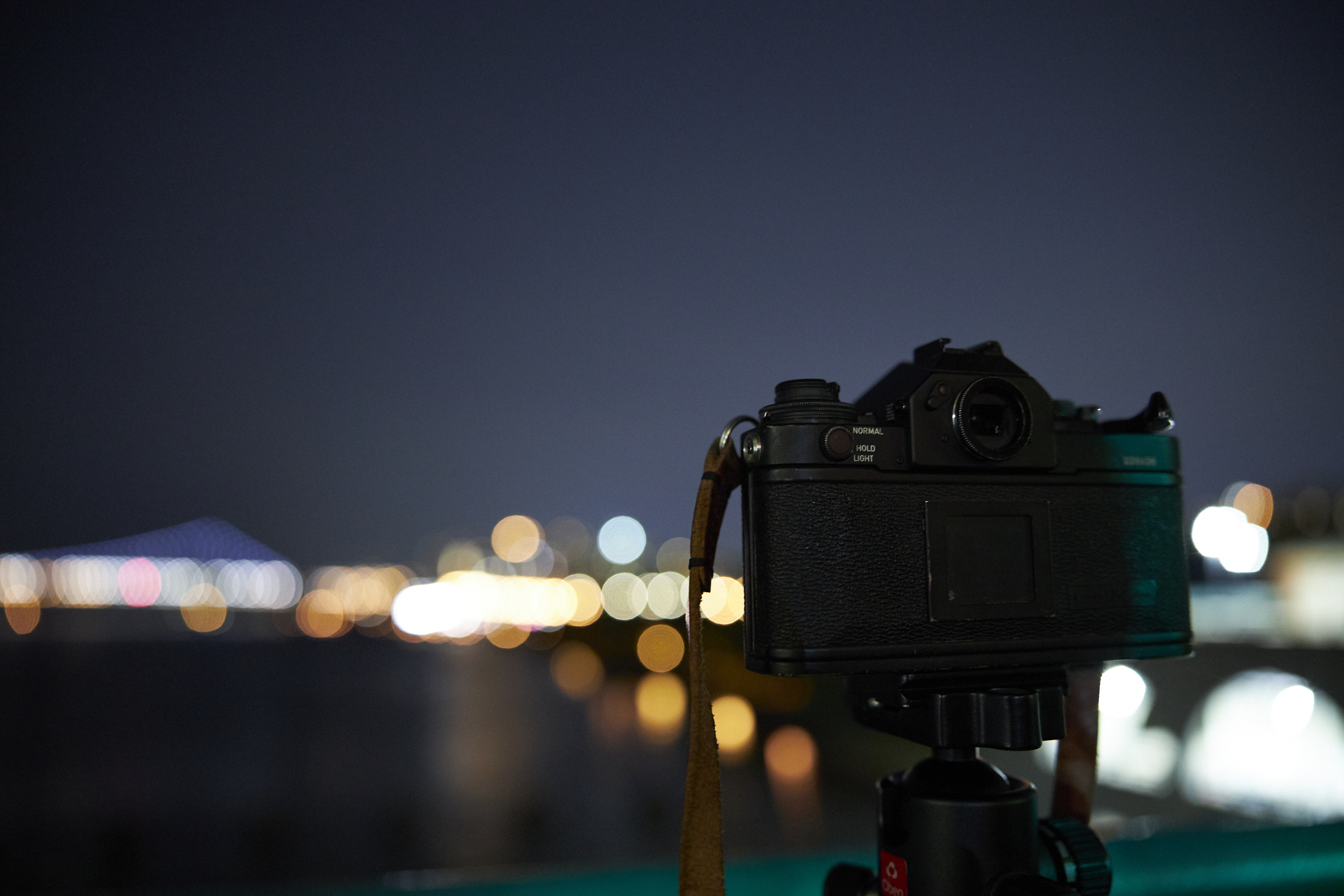Been wanting to shoot at night but have no idea how to get the best results? Today’s photography cheat sheet has a bunch of basic tips to get you started.
Night photography is one of the most challenging genres to get into, especially for those new to it. It can be a struggle to shoot in the low light, let alone get the settings right without resorting to your camera’s auto modes. But, today’s photography cheat sheet should give you a hand with some tips for various kinds of situations you’ll find yourself shooting in at night.
In their infographic below, PhotoTechniques covers the essentials of night photography; from the camera and gear you need, to the best times to shoot, to the composition techniques and technical info you need to achieve impressive night photos.
Before anything else, it’s important to have a thorough knowledge of how your camera works. You don’t want to be fumbling about with your equipment and tools during low light situations. So, study your camera carefully before planning your night shoot.
Also, as a side note, you might want to shoot during the Golden Hour before shooting at night. The last minutes of sunset, the time of the day revered by photographers for all the beautiful, vibrant colors that make scenes extra dramatic, should give you some stunning snaps.
Now, for some must-have equipment for night photography. You’ll need a tripod to keep your camera steady when shooting with slow shutter speeds to avoid camera blurs and shakes. A shutter release or cable release will also come in handy to avoid camera shake from pressing the shutter. If you don’t have one, you can use your camera’s self-timer. Since you’ll be shooting scenes with bright lights, you’ll need a lens hood to prevent lens flares from appearing in your photos. When you’re shooting in near-total darkness, make sure you also have a flashlight on the ready so you can check your camera and key in the settings. While not a requirement, wide-angle lenses are also great for capturing sweeping scenes for more appealing night photos.
As for composition and shooting tips, it’s recommended that you explore other unique perspectives for more interesting shots. Low angles or shooting from a higher vantage point work great for this. You can also incorporate bodies of water to create interesting reflections, add symmetry, and reduce the negative space. Shoot with slow shutter speeds to blur movement for a cool dynamic effect, or fast shutter speeds to freeze movement. Lastly, use small apertures to get as much of your night scenes in focus. Shoot in aperture priority mode to make this easier.
Need more night photography tips and tricks? We suggest these photography cheat sheets on shooting long exposures of night city scenes, astrophotography, and photographing fireworks like a pro.



